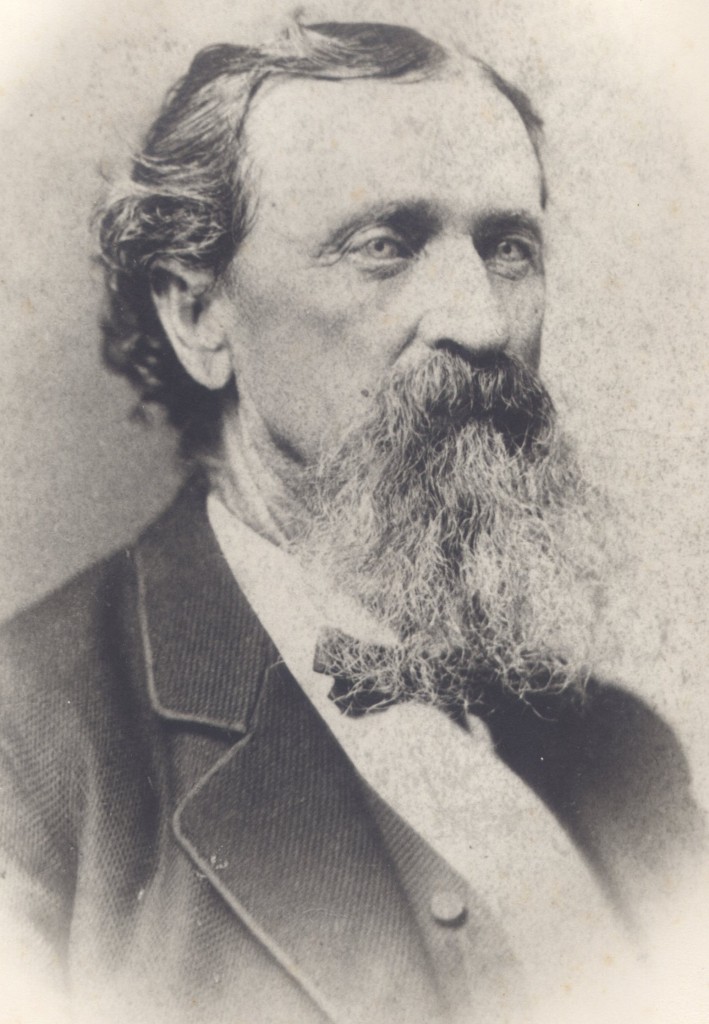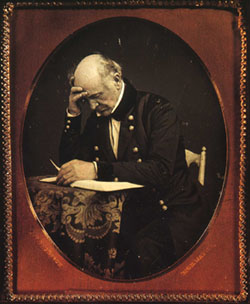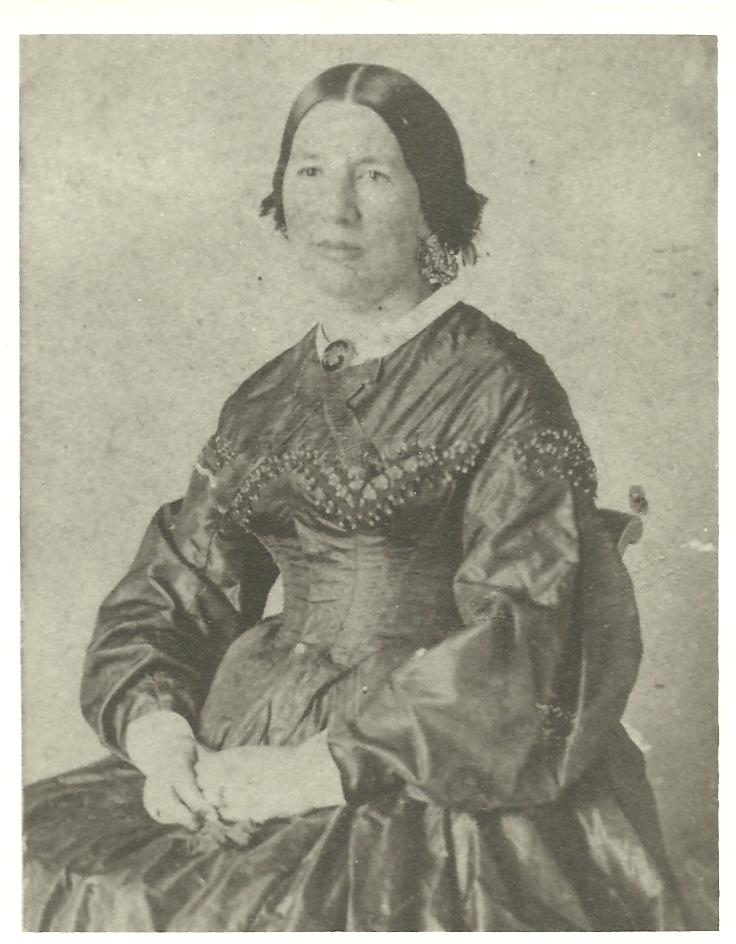 Capt. Theopilus Jackson Smith, Capt. Theopilus Jackson Smith,CSA |
Two Men
|
 General Ethan Allen Hitchcock, General Ethan Allen Hitchcock,USA |
 Mary Gonder Smith, Mary Gonder Smith,Glen Mary’s namesake |
In 1848, the Mexican War ended, the Gold Rush began, and T. J. Smith built Glen Mary for his bride Mary Gonder Smith.
Glen Mary, Scottish for “Mary’s Valley,” is a Greek Revival structure situated atop a hill overlooking a gentle slope that includes the country road meandering through the pines from Sparta, Sandersville, and later Linton with Buffalo Creek in the distance.
Glen Mary, like so many Southern historic plantations, tells a story of both beauty and sorrow. Preservation America is committed to recognizing the tragedy of slavery and honoring those whose toil has been responsible for creating the beauty which we now wish to preserve. Glen Mary’s docent tours highlight these “Silent Hands”, honoring their enduring contribution to this important facet of regional history.
Sparta’s “Local Historic Property Designation Report” (2019) affirms, “Every aspect of Sparta’s development has a direct line through which African Americans played an important part.” Glen Mary’s mute testimony preserves and honors the enslaved persons who built it and whose labor sustained it. Until the Civil War, Glen Mary’s reputation and fortune rested primarily on its cotton and smoked hams. The agricultural census of 1850 shows Glen Mary encompassed 1575 acres, which had grown to 2484 by 1860; 500 acres were in cultivation with 1984 acres lying fallow. Its agricultural output that year was primarily 275 swine, 3000 bushels of corn, 176 bales of ginned cotton, and 100 pounds of wool. Glen Mary’s income of $5450 ($171,000 in 2021) was earned by the hands of the 51 enslaved persons who lived here.
Nearby, Glen Mary Baptist Church (1866) at 7787 Linton Road may have been the site of their original “praise house.” Unfortunately, many homes and workplaces of Glen Mary’s “Silent Hands” remain hidden under the pine forest that grew next to plow marks still aerially visible across the road. Other vestiges of Glen Marys’ enslaved community await further archeological investigation.
Glen Mary’s history amplifies its paradox as both a former 2484-acre plantation built in 1848 and as the final home of Union Major General Ethan Allen Hitchcock, Commandant of Cadets at West Point, veteran of Seminole & Mexican-American Wars, Civil War Comm. of Prisoner Exchange and Advisor to President Lincoln. In 1863, General Hitchcock was the president of the committee that authored the Lieber Code, the basis for the world’s codes of wartime conduct and international law of the Geneva Convention.
Smith sold Glen Mary to General Hitchcock in 1869 as a gift for his bride Martha Rind Nicholls Hitchcock. At the end of the War General Hitchcock suffered from very poor health and only lived a short time at Glen Mary. After the General’s death in 1870, Mrs. Hitchcock resided at Glen Mary and oversaw the successful operation of the farm for nearly four decades transforming it into the postbellum Nicholls family farm. Mrs. Hitchcock’s farm ledger and personal records, which help tell the female experience on the farm after the war, are preserved in Preservation America’s archives.
General and Mrs. Hitchcock had no children and after her death possession of Glen Mary continued in Mrs. Hitchcock’s natal family, the Nicholls. The Hitchcock household had included Mrs. Hitchcock’s brother, Colonel James William Nicholls, another Union officer. Colonel Nicholls established the Nicholls family in Hancock County, where they occupied Glen Mary for more than one hundred years. He and his wife are buried at Glen Mary. Their son William P. Nicholls was only five years old when the Civil War broke out. Glen Mary became his home, and he was the last of the Nicholls family to be buried at Glen Mary in 1942. Miss Elizabeth Nicholls and Mrs. Anita Nicholls, two daughters of William Nicholls, occupied and restored Glen Mary in the 1960’s.
In 1984 the house was purchased from the Nicholls family by Wayne and Catherine Hill. Preservation America purchased Glen Mary from the Hills in November 1998.
Women have overseen Glen Mary for more than 150 years and the tradition continues today.